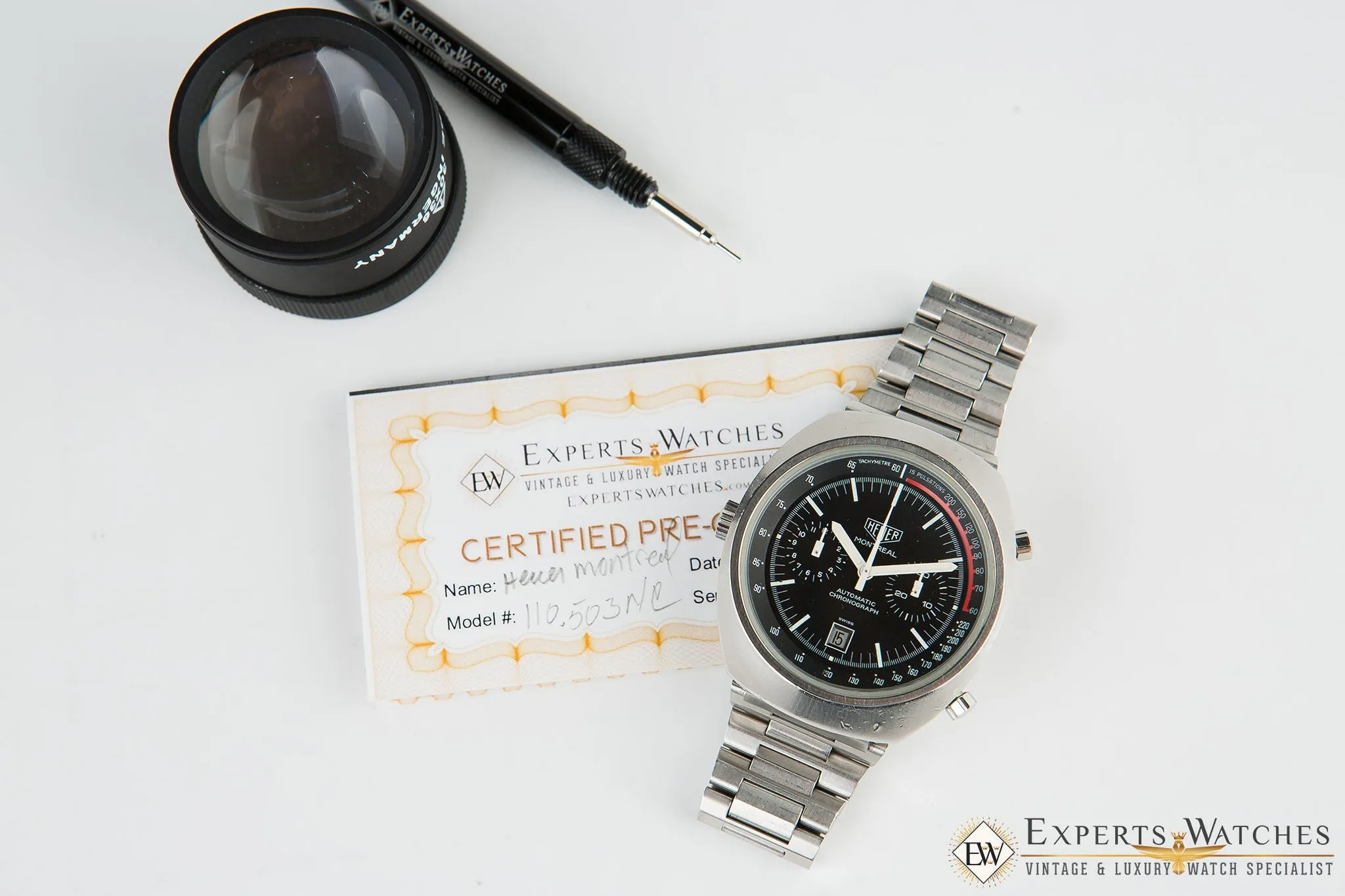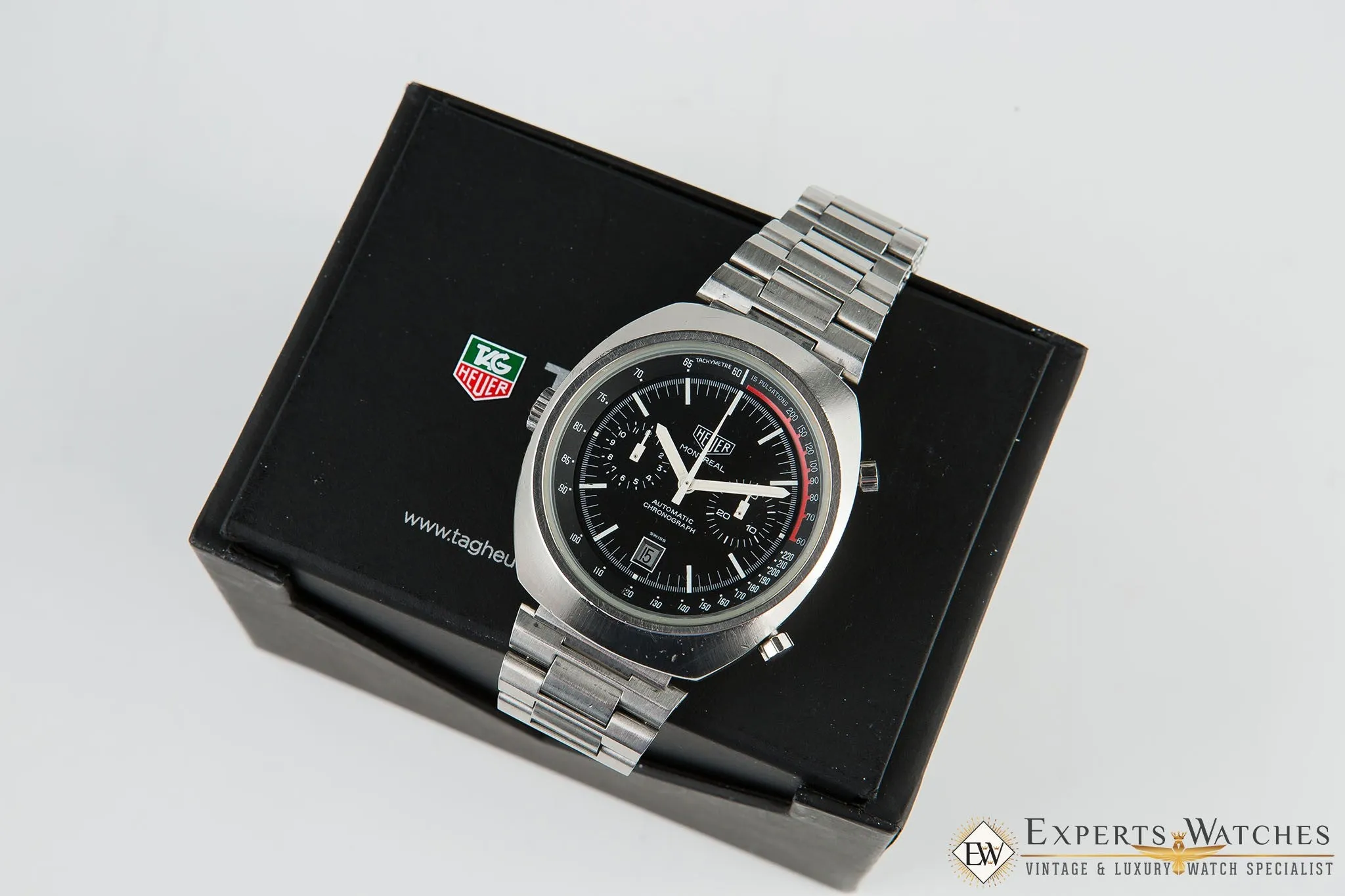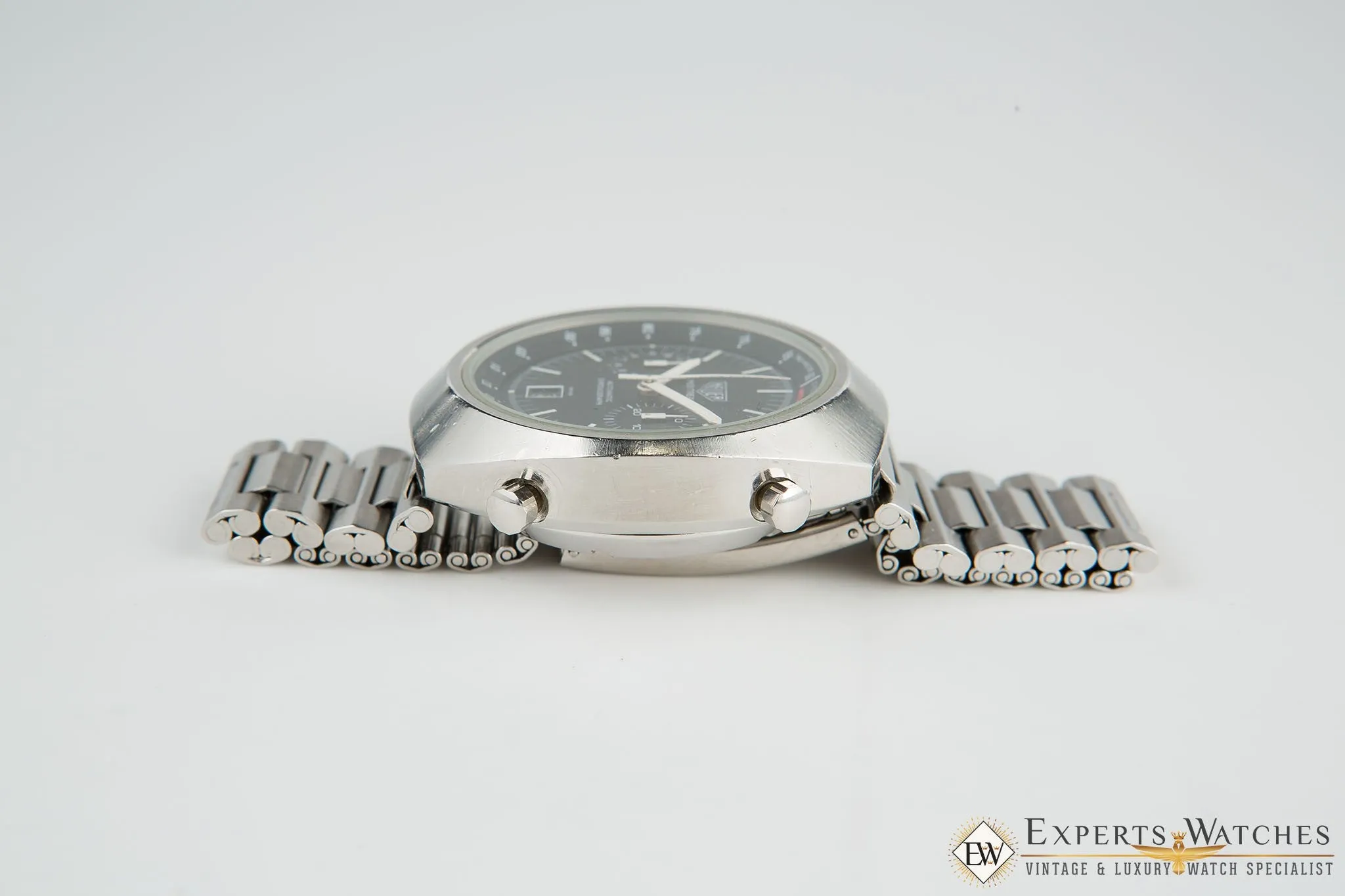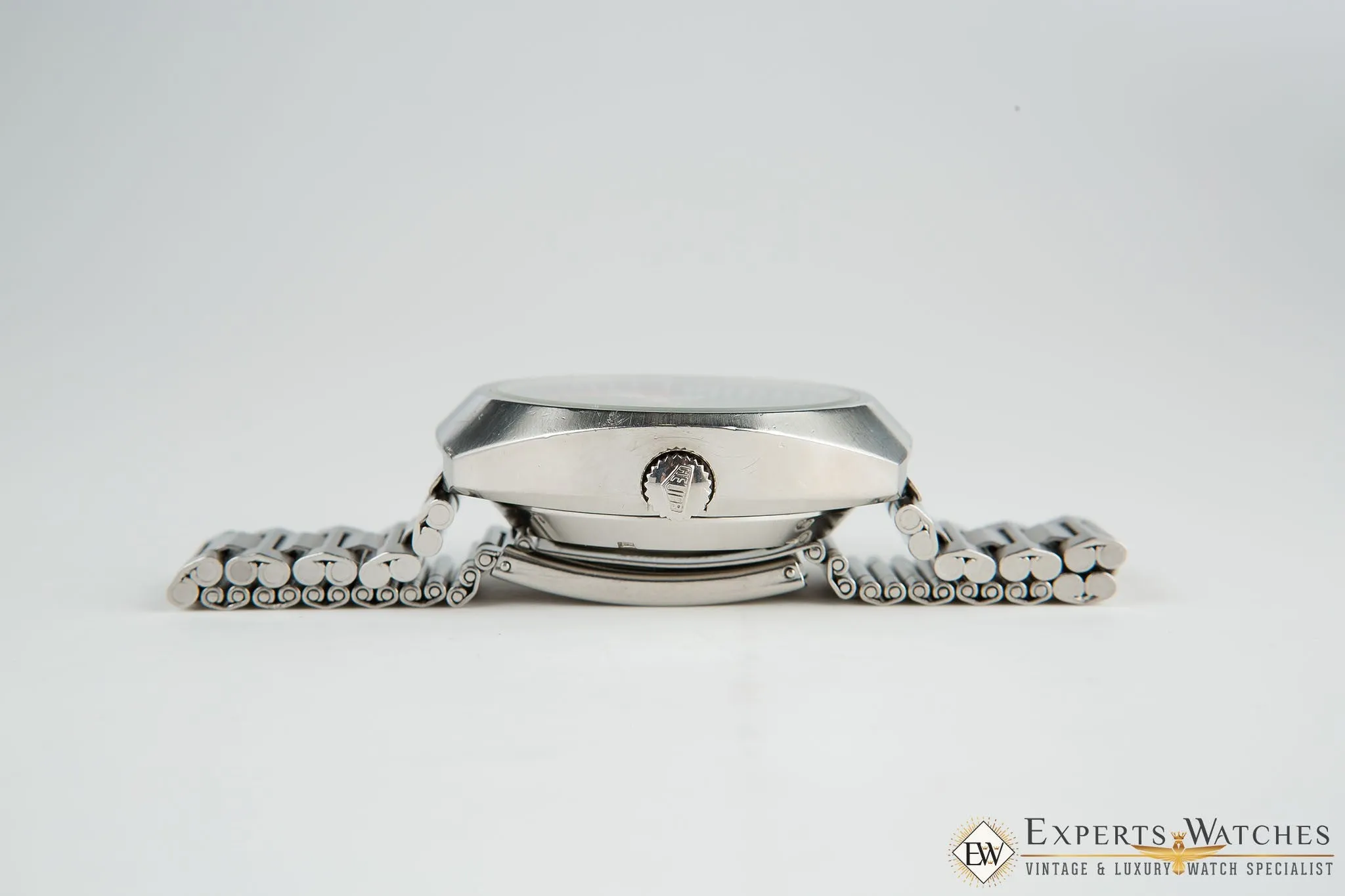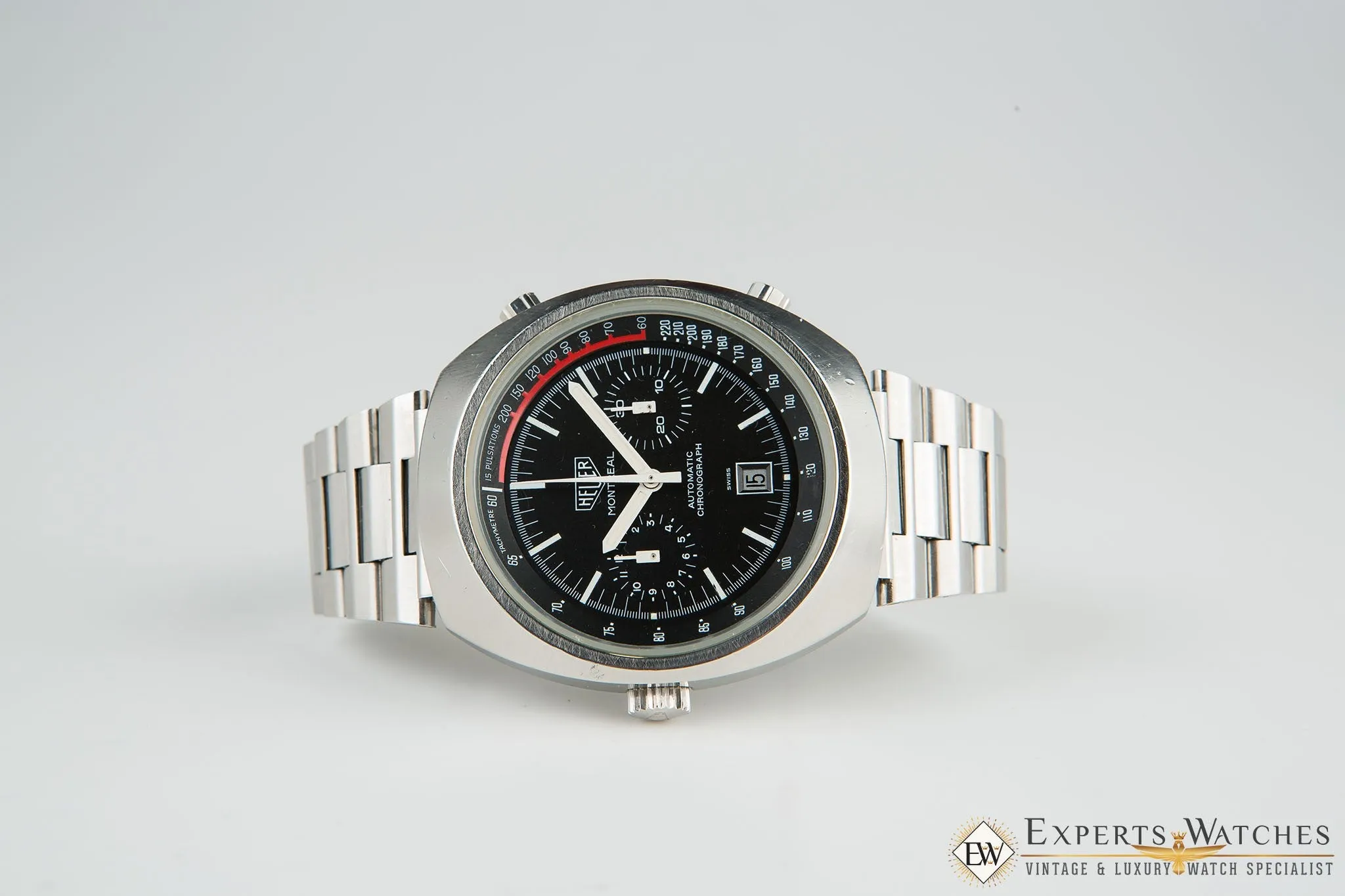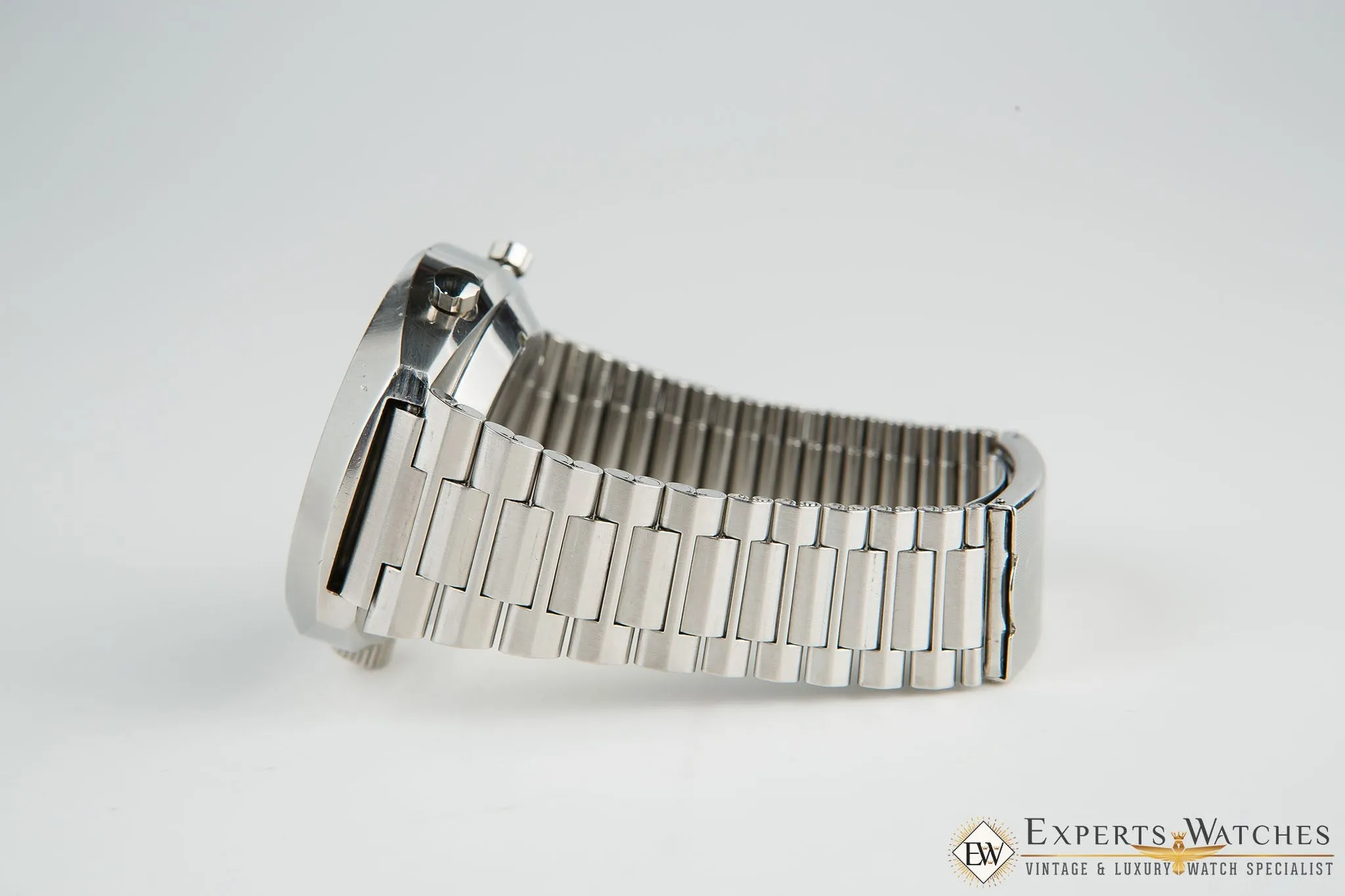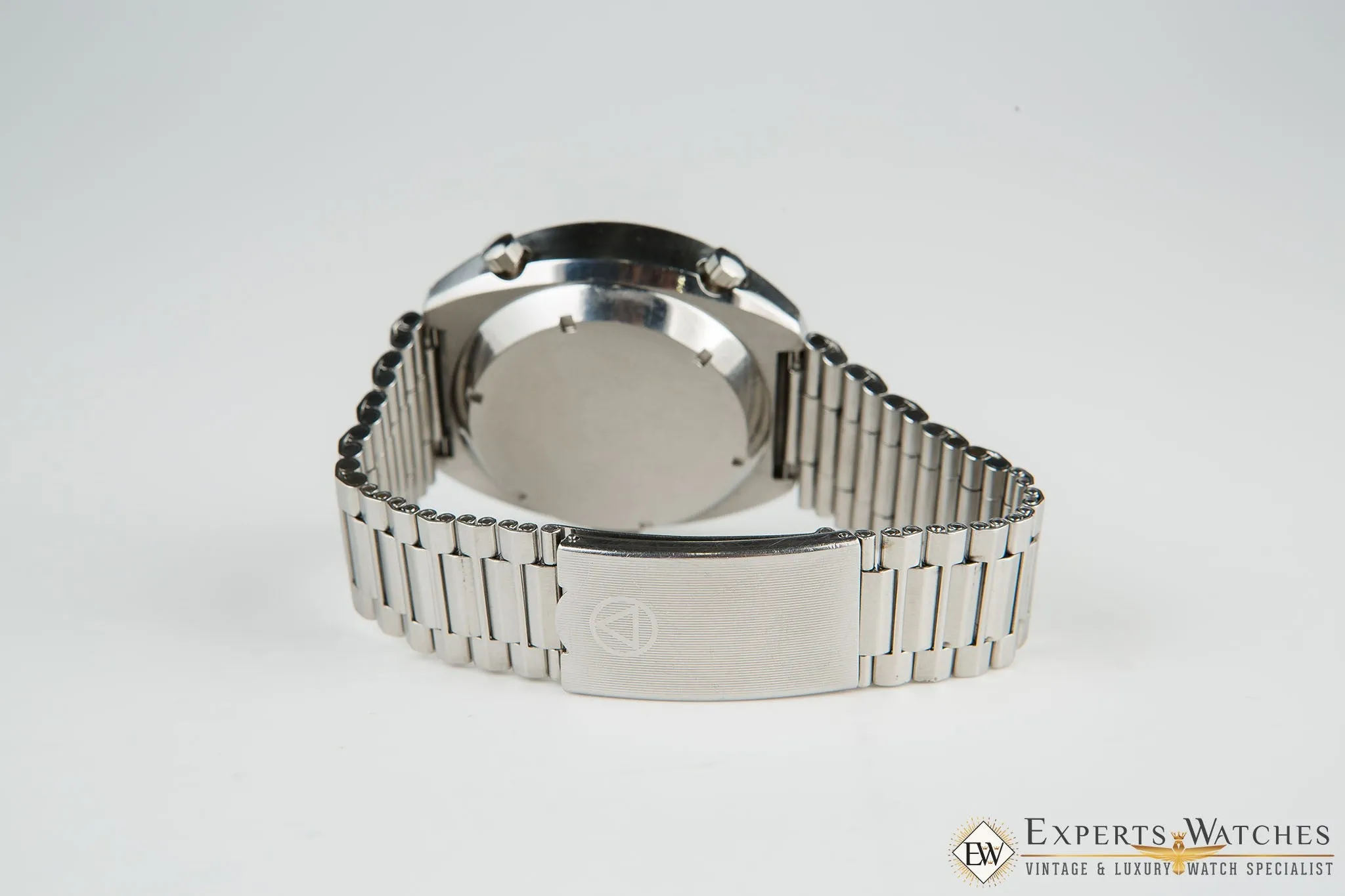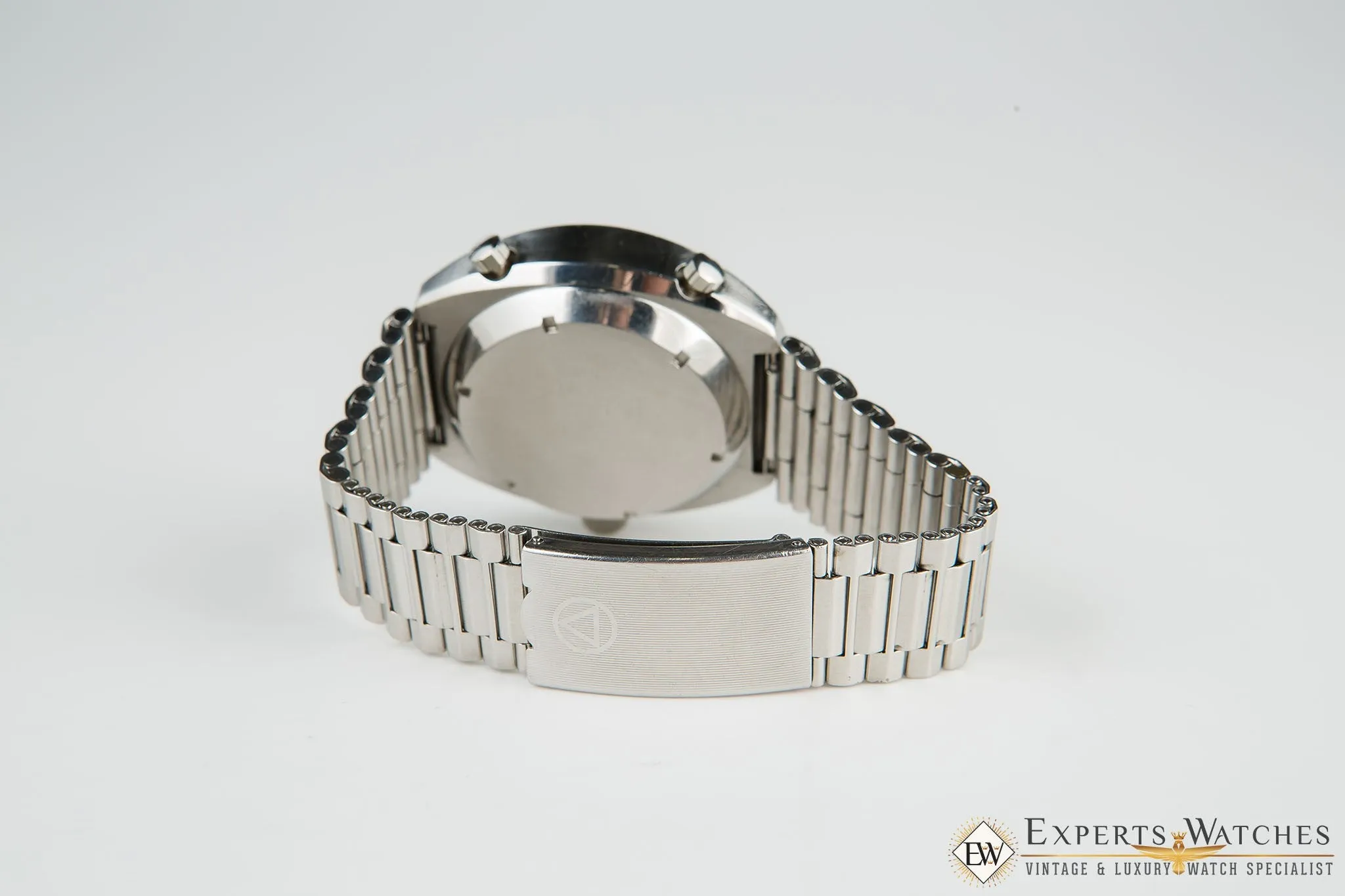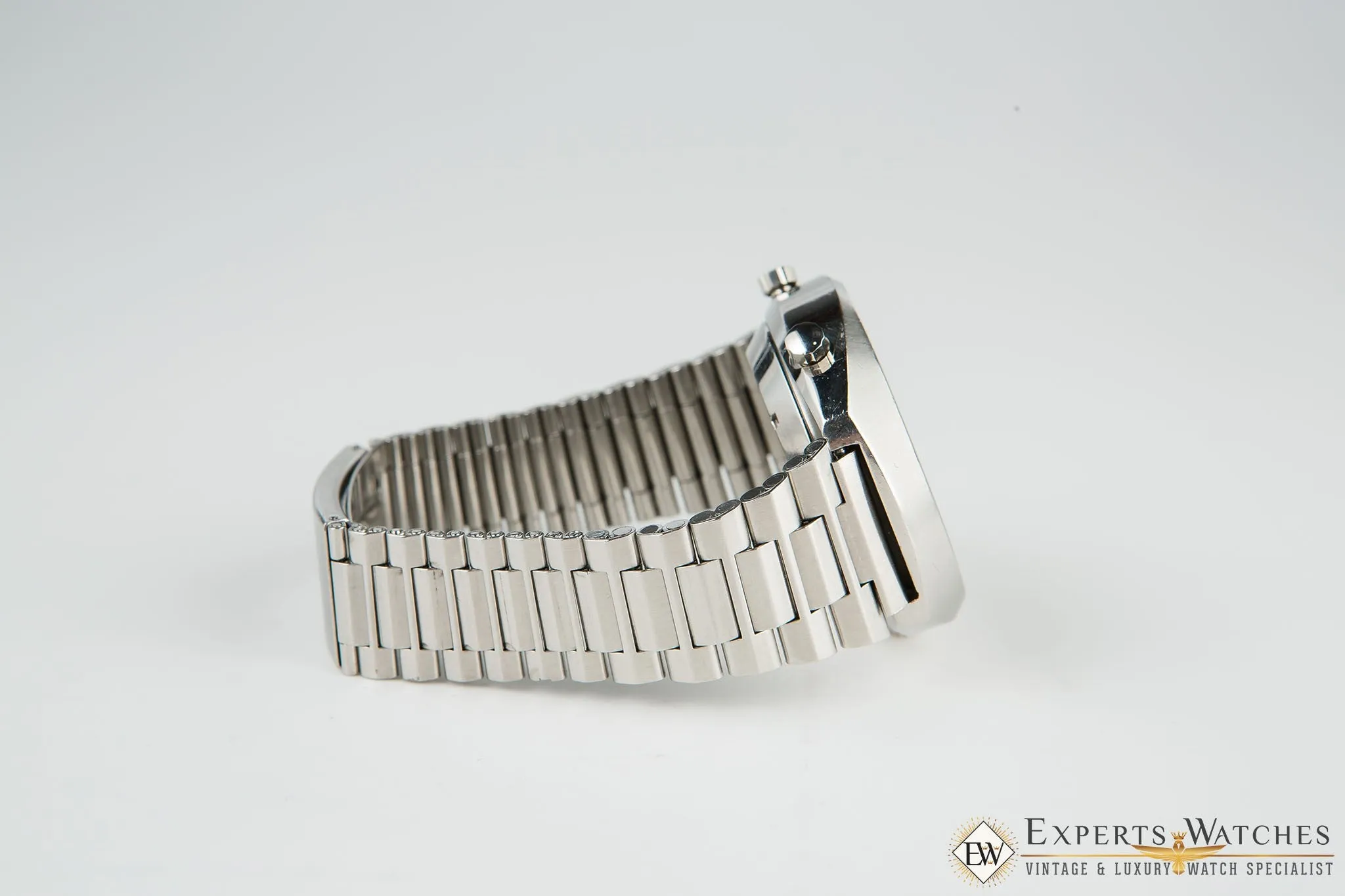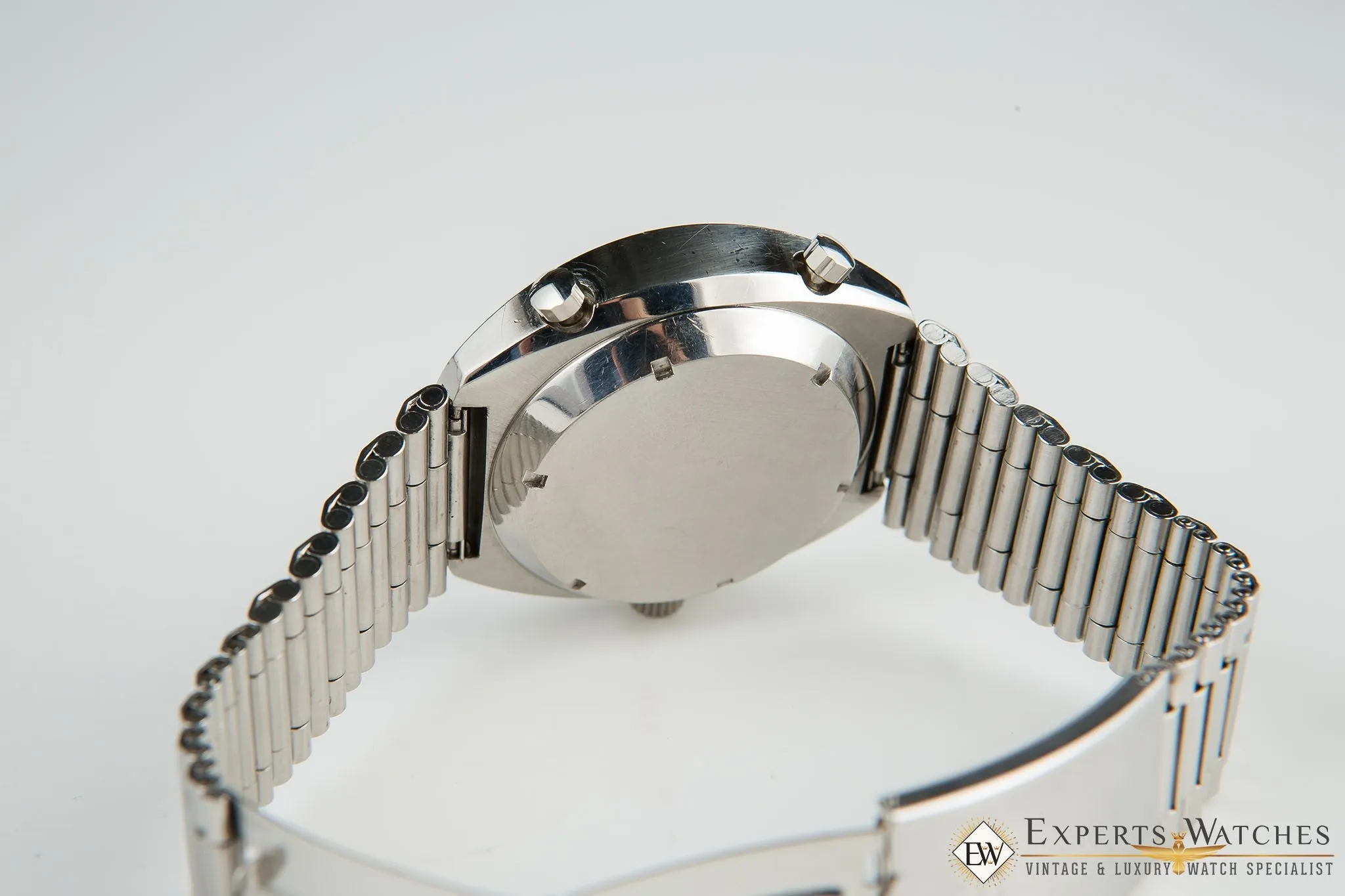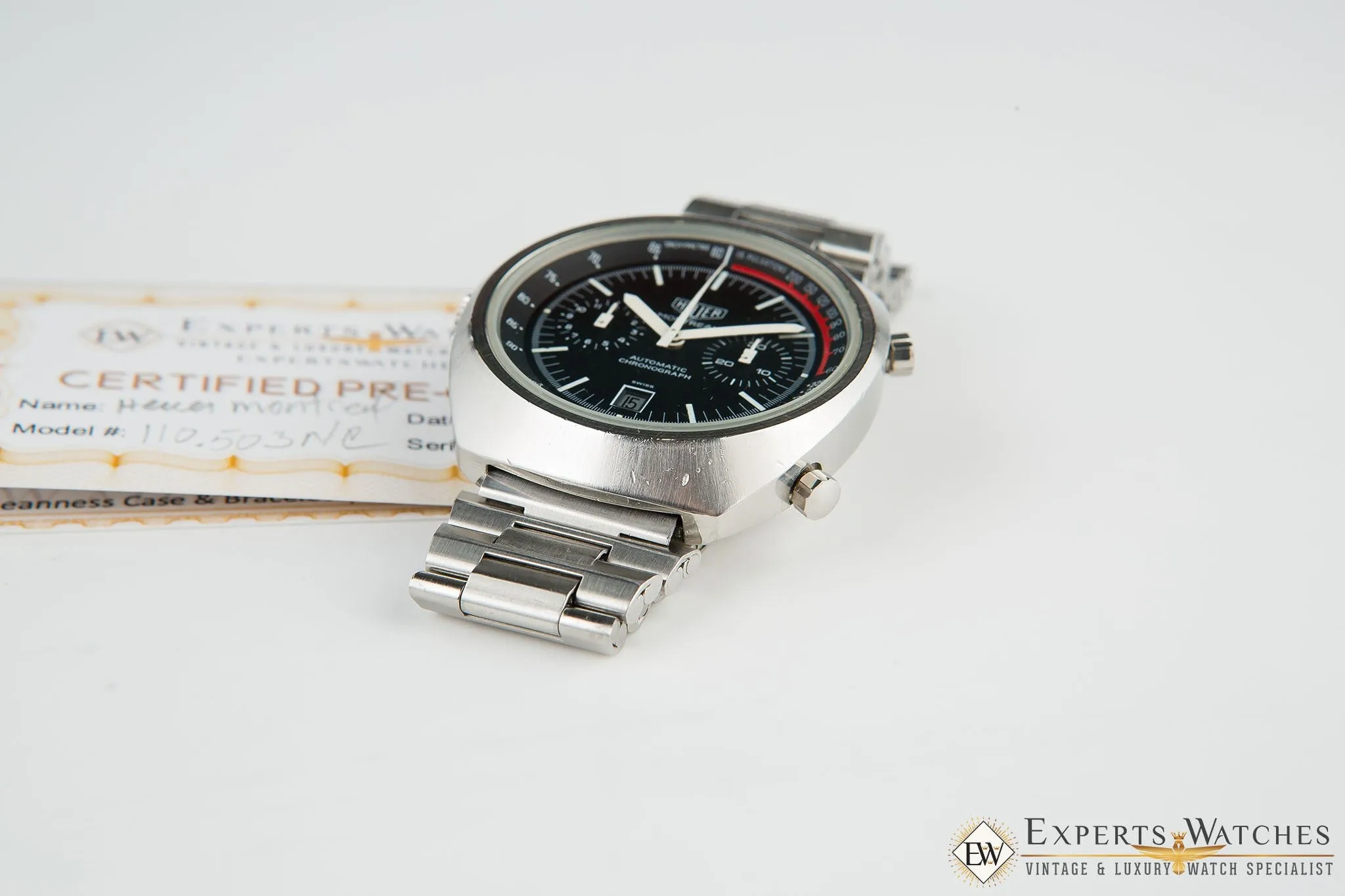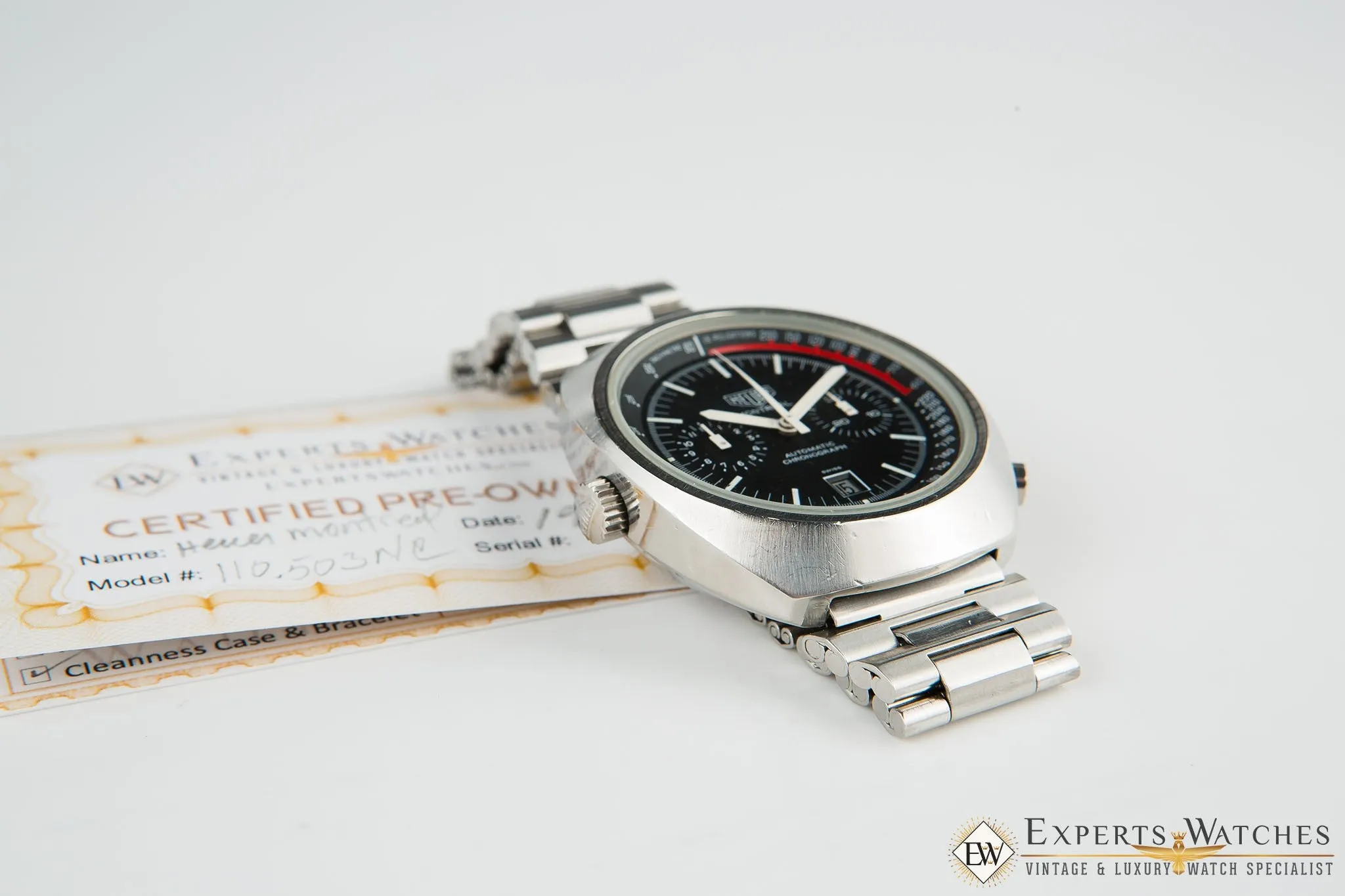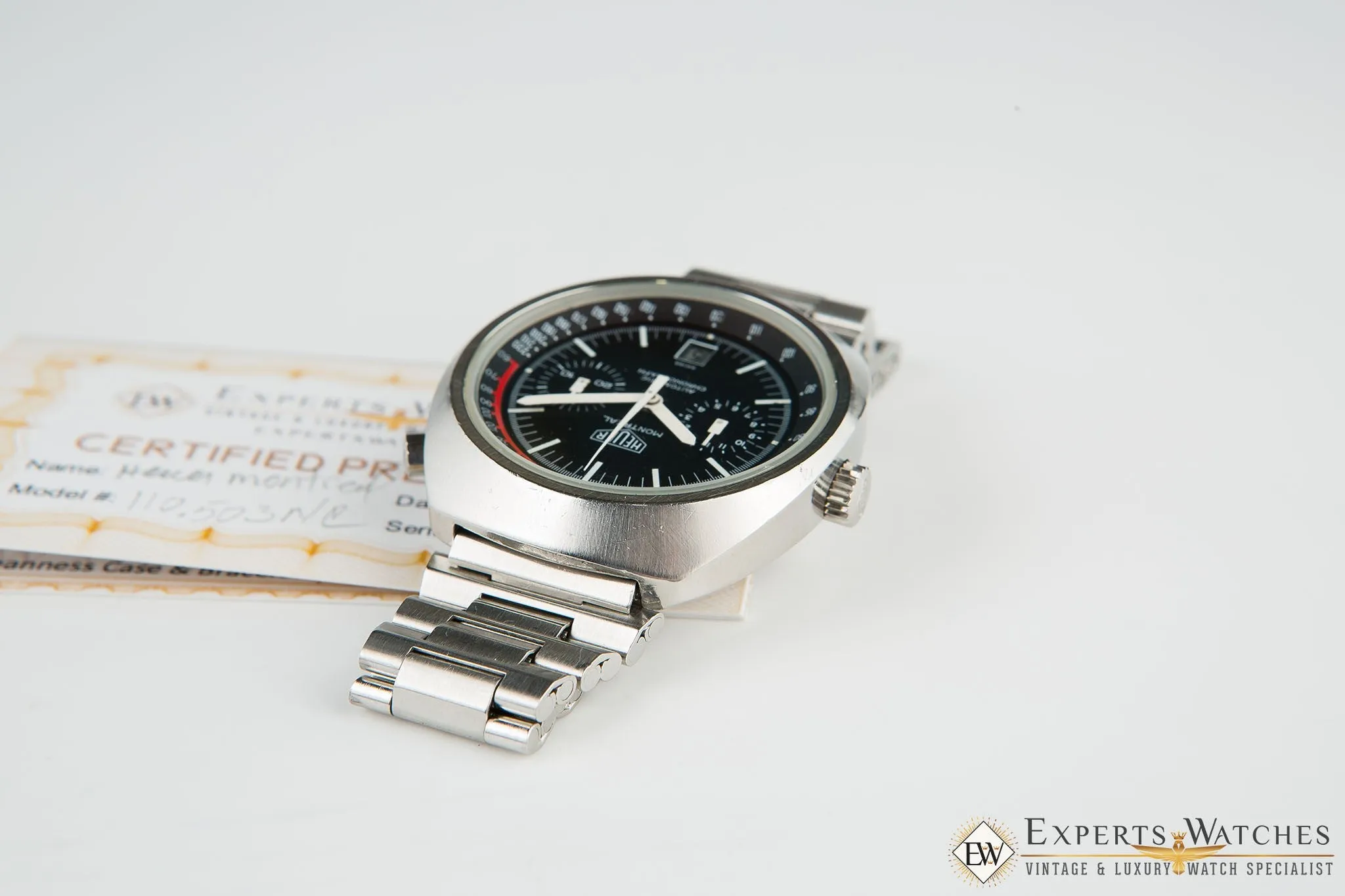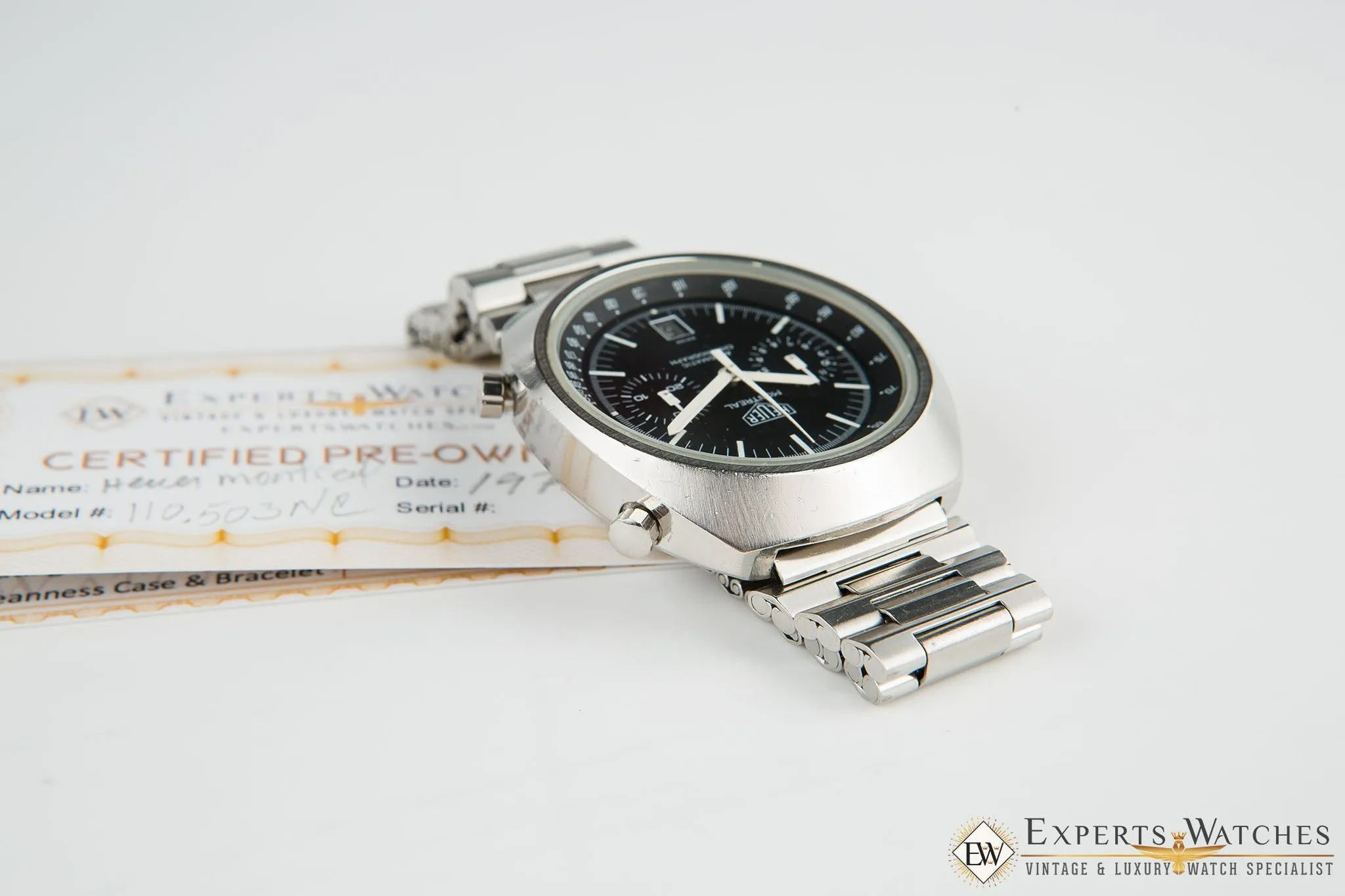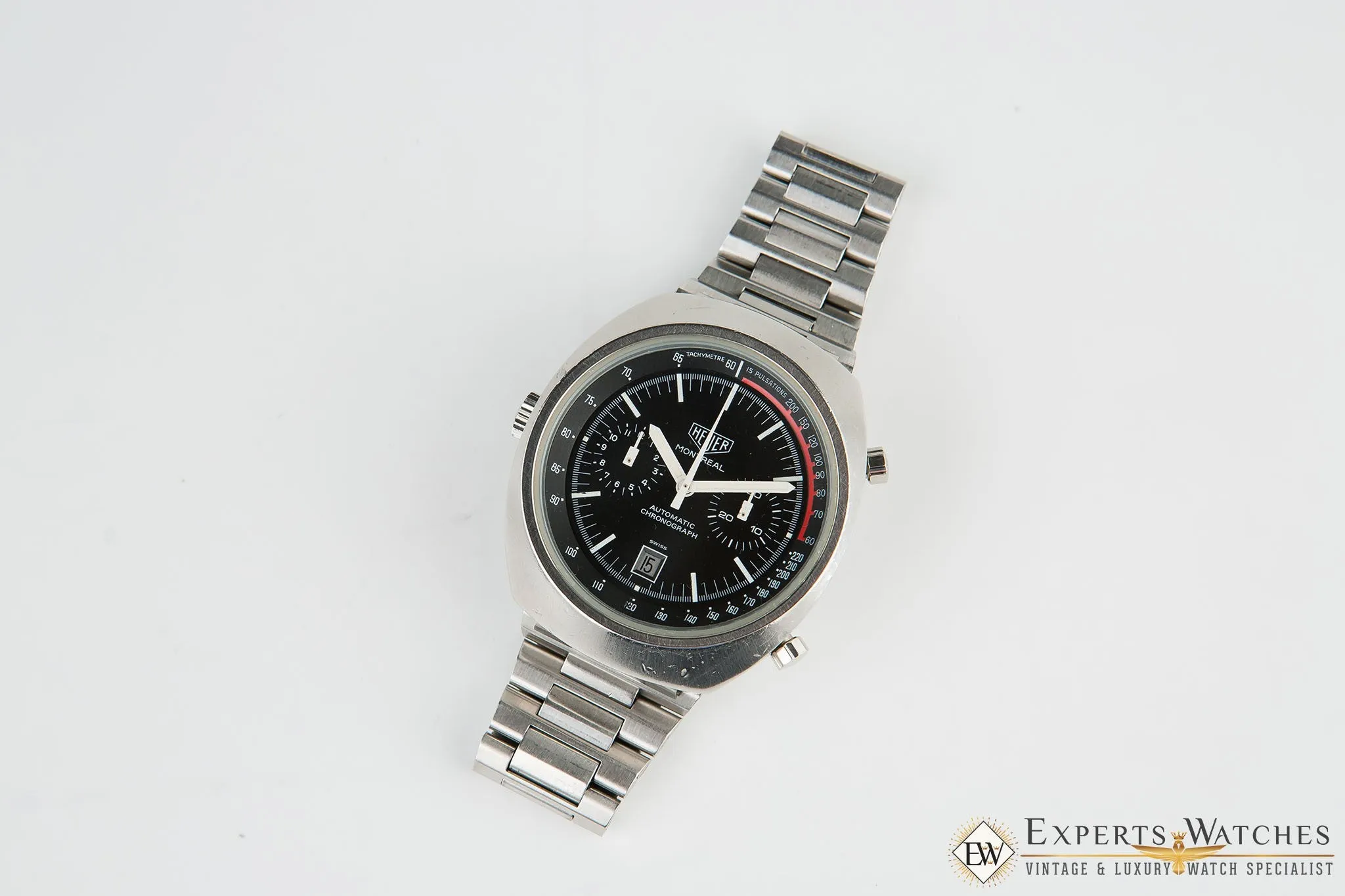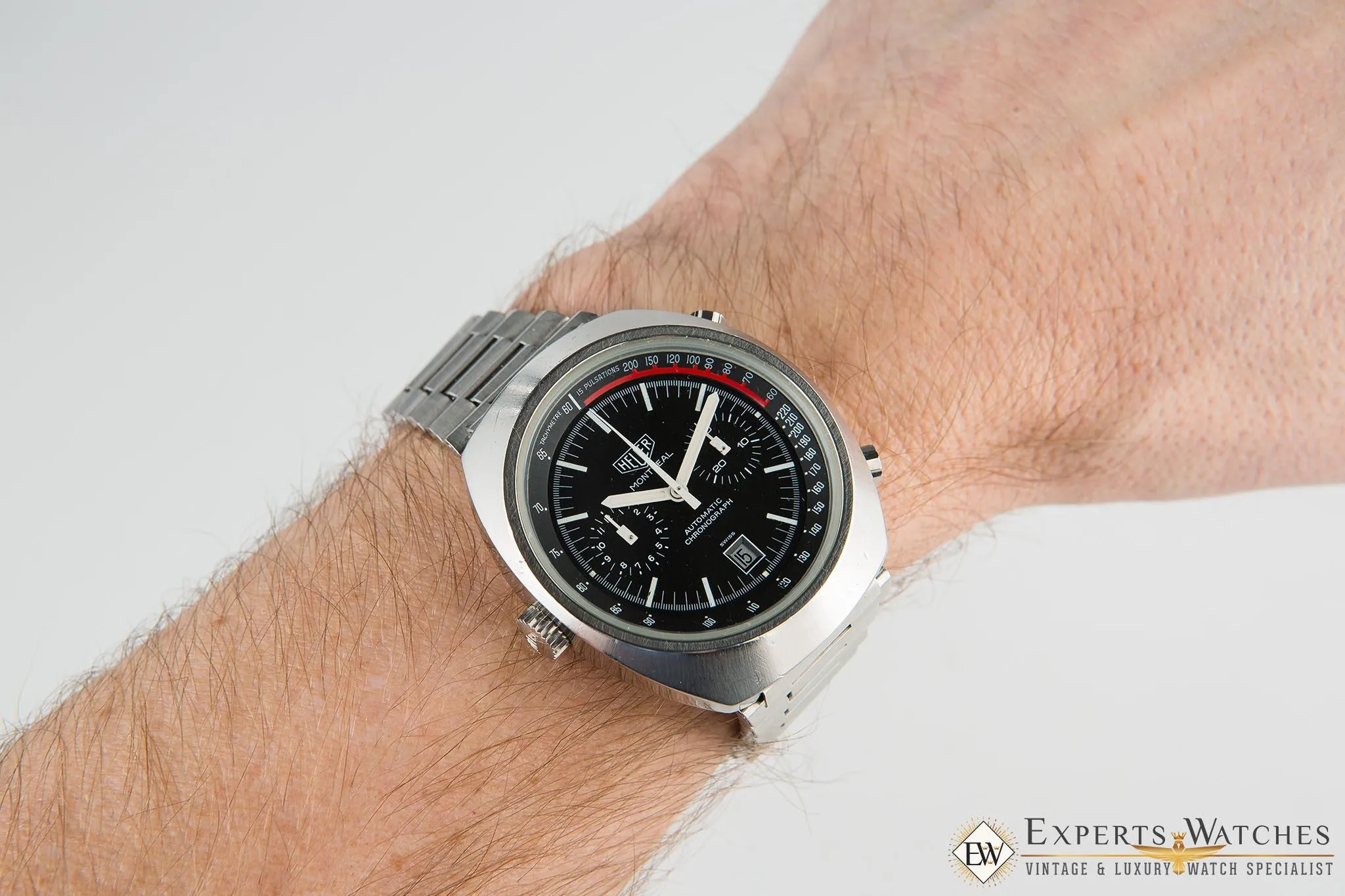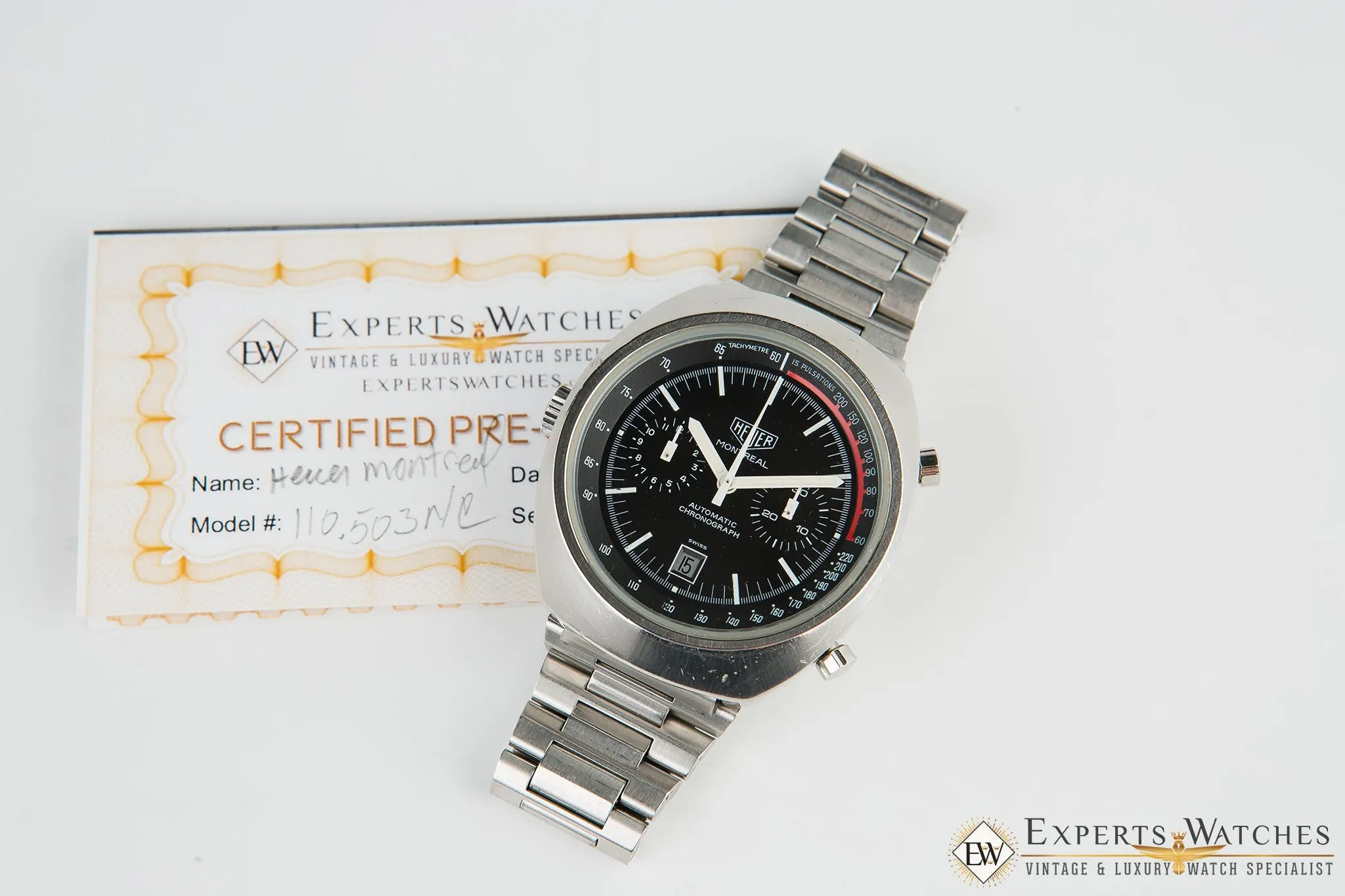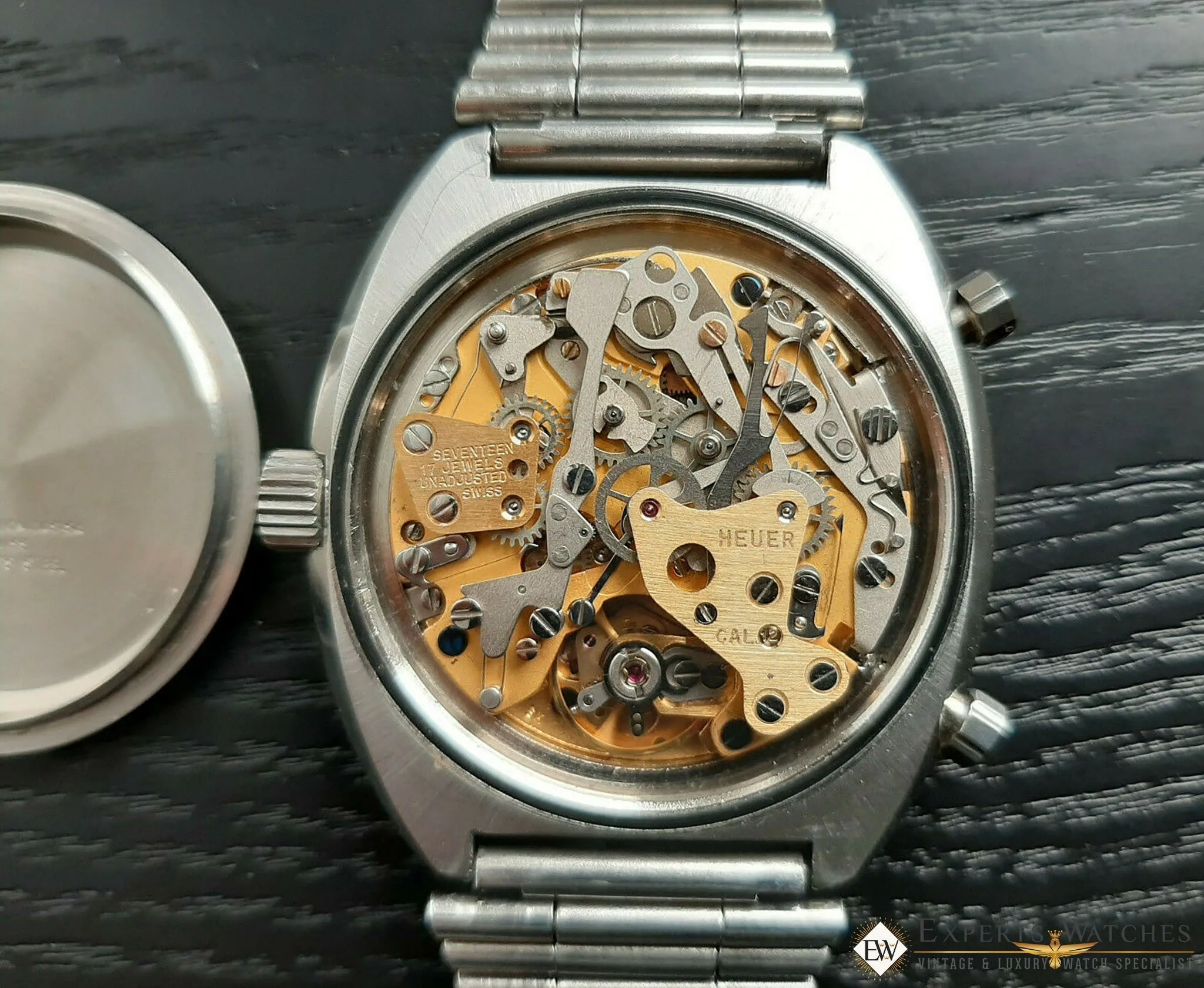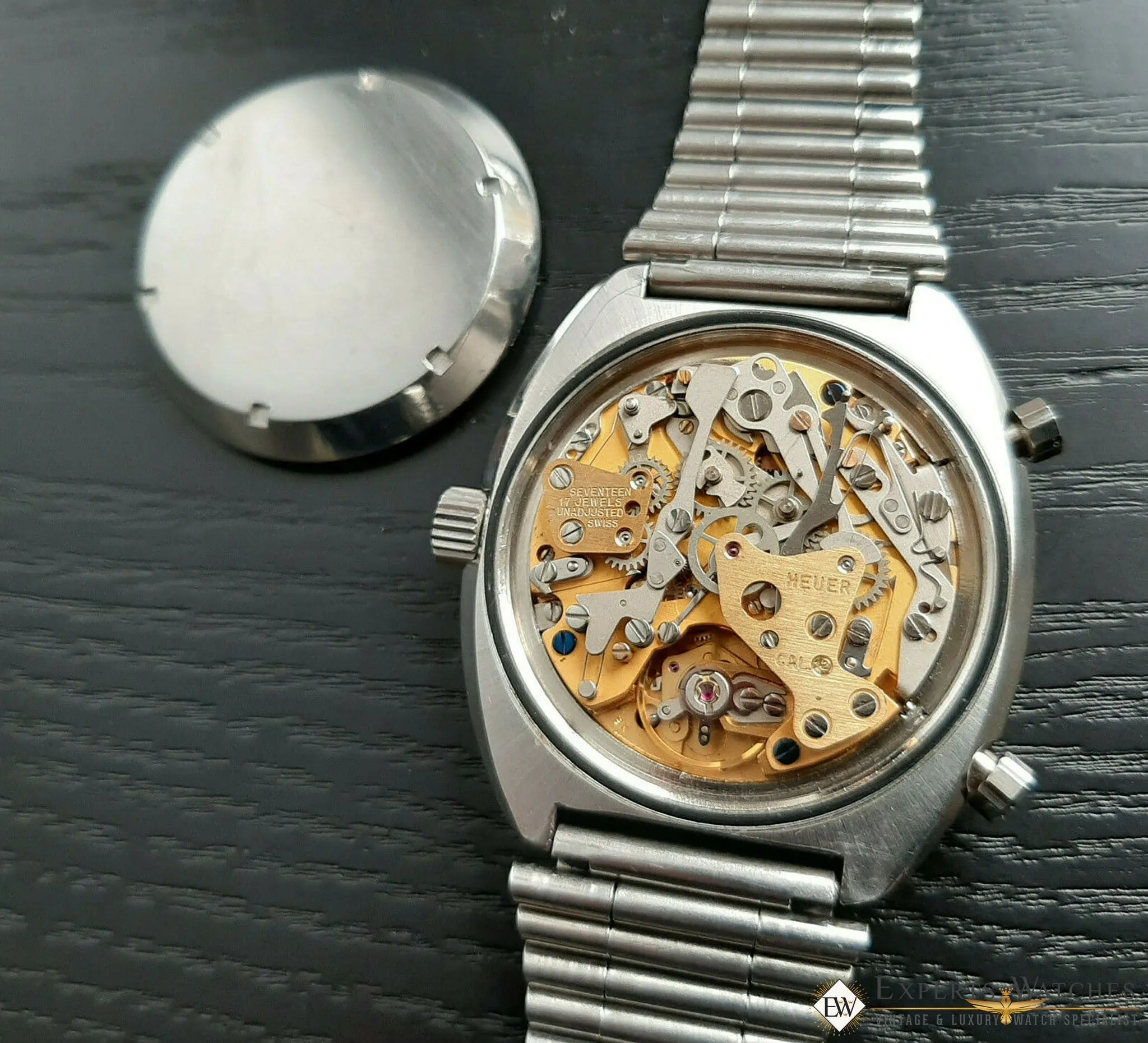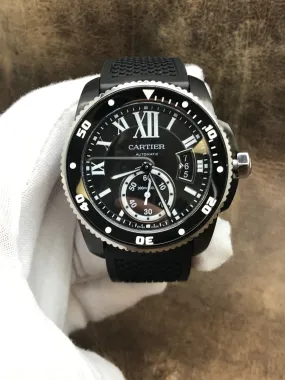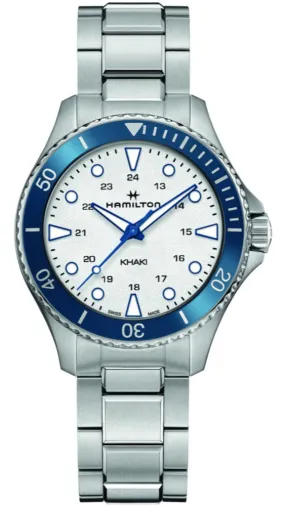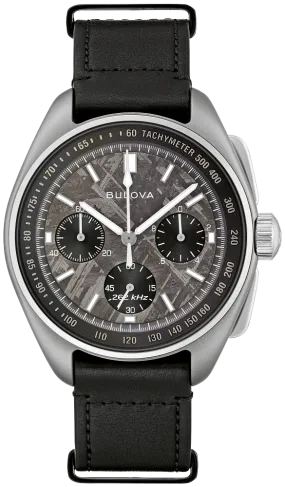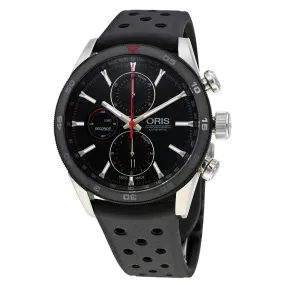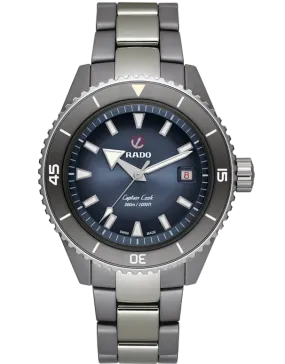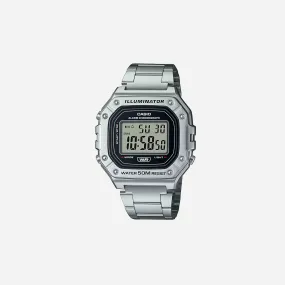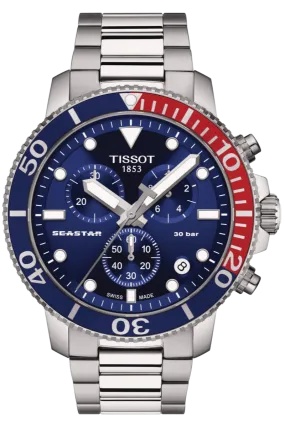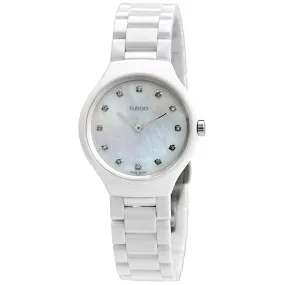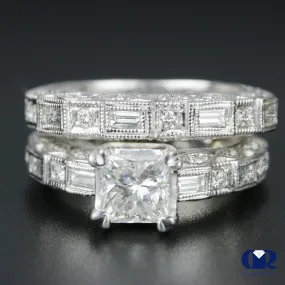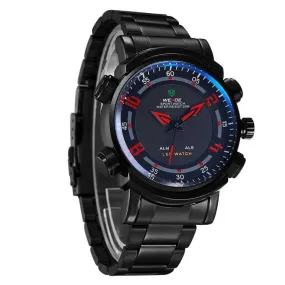Thehistory of the Calibre 11
Starts at the end of 1965. As Büren had pioneered the production of micro-rotormovements, Gérald Dubois (of Dépraz & Co., a chronograph specialist)figured out that these would be thin enough to be the base for a modularchronograph movement. Dubois contacts Hans Kocher of Büren Watch Co. SA. Inneed of commercial partners, they manage to convince first Jack Heuer and thenWilly Breitling to support the project. On February 2nd, 1966, an agreement issigned. The four-party Chronomatic consortium is born, including two rivalbrands teaming up to develop their own automatic chronograph. Forconfidentiality purposes, the development is code-named Project 99.
The convention signed onFebruary 2, 1966, between Dépraz & Co., Heuer-Léonidas SA and LéonBreitling SA. The partners asked Büren Watch Co. to build the blanks and the automaticmovement of an automatic chronograph, the basic execution of which isdesignated by calibre No. 111. They have an exclusive right to use thiscalibre. They plan to have Dépraz develop and manufacture the chronographmechanism to equip this calibre.
Büren is in charge of the base calibre. Dépraz of the chronographmechanism. Three brands – Heuer, Breitling and Hamilton (who acquired Burenduring the development process) – will fit the movement inside their watches. Apatent application for the Calibre 11 is filed in September 1967. At the end of1968, about 100 pre-production movements are assembled in prevision of the 1969Basel fair. On March 3rd 1969, the movement is officially presented,simultaneously in New York and Geneva. A month later, the three brands presenttheir first chronographs at the 1969 Basel fair. With the practicality andcomfort of automatic winding, the chronograph becomes a staple of motorsport…the Calibre 11 is used to power iconic watches by Heuer (Carrera, Monaco,Autavia), Breitling (Chrono-Matic) and Hamilton (Fontainebleau). And later byother brands such as Bulova, Kelek, Zodiac, Elgin, Stowa…
So, who won the race?
Zenith’s automatic chronograph was the first to be unveiled to theworld. It was presented during a press conference in January 1969 andchristened El Primero (“the first” in Spanish). The reality is a bit morecomplex. There are endless debates about which was the first automaticchronograph, as both the Seiko and the Chronomatic movements were announcedlater the same year. What’s more, El Primero was not the first to hit themarket. But the controversy about who came first doesn’t really matter anymore…what is important is the impact that these movements had on watchmakinghistory. Since then, the automatic chronograph has remained one of the mostpopular complications.
THE CALIBRE 11
The Calibre 11 is a 17-jewel modular chronograph measuring 31mm x7.7mm. This modular architecture implies first a base movement, a micro-rotorautomatic calibre made by Büren, in charge of the timekeeping part. Beating at19,800 vibrations per hour, it boasted 42 hours of power reserve. Manufacturedby Dépraz, the lever chronograph module is assembled on the backside of thebase movement. This movement has a bi-compax display, with a 30-minute counterat 3 o’clock and a 12-hour counter at 9 o’clock – no running seconds sub-dial.The date is indicated at 6 o’clock. The unusual crown position, at 9 o’clock atthe opposite of the chronograph pushers, is a signature feature of themovement.
THE CALIBRE 11 AND ITS EVOLUTIONS
Like most movements, the Calibre 11 has been optimized several timesover its lifetime. As early as 1969, a barrel spring providing less torque isused. The date jump mechanism is adapted. The sliding pinion is changed andmade in steel.
In 1971, a variant running at21,600 vibrations per hour and named Calibre 12 is introduced. Itbecomes the main product of the calibre family. It uses a stronger barrelspring. The gear train and balance wheel are adapted. The chronograph hammer ismodified to improve shock-resistance.
Heuer Montreal
This model fit the Heuer strategy of expansion to the North American market. 1976 the Olympic Games took place in Montreal, the second largest French speaking city in the world. Formula One racing has also hosted a race in Montreal every year since 1978. The Canadian Grand Prix takes place on the Circuit Gilles Villeneuve. The new model line won over consumers with a totally new, modern and almost rectangular design. This model series remained in the portfolio until the end of the 1970’s and emphasized its role as a design innovation.
The young promising German Formula One racing driver Stefan Bellof was frequently seen wearing a Heuer Montreal belonging his father. His accidental death on the racetrack in Spa on 1st of September 1985 shocked the motor sport world. His Heuer Montreal is on display in Stefan-Bellof-Memorial nearby Gießen, Germany.
This is a beautiful Heuer Montreal from the 1970's Reference number 110.503. It is very rare to find a watch this old with Heuer Service box. Defiantly a collector watch. Please look at all the pictures, as they are part of the description. The watch is working and Keeping great time This is a highly collectible watch. Very few left with this rare movement. Sure, to increase in value overtime, and a great addition to your collection. The condition of the watch is the same as it appears in the photos. The watch is working and is part of our new Certified Pre-Owned CPO Program. Contact me if you have any questions first.
| SPECIFICATION Brand: Heuer - Model: Montreal 110.503 NC - Circa: 1970’s | |
| Case | Stainless Steel Case and Case Back. |
| Case Size | 42,00 mm without the crown and 47,70 Lug to Lug |
| Case Back | Stainless steel cover. Please note case back in most cases is not fully tighten. |
| Crown | UnSigned |
| Crystal | Mineral Some Scratches |
| Bezel: | None. Inner, Tachymeter |
| Dial: | White hands & numbers & indices dial, Two register chronograph. with Heuer racing chronograph hands. Swiss made Mark, date at 6 O'clock. Shows light patina, it is going tropical. Please see picture for more detail. |
| Complication | Date, Chronograph, Tachymeter |
| Movement | Heuer Famous Cal 12 Self-Winding Automatic |
| Movement Notes | Just inspected and in great shape. Please see pictures and as some old movements don't have a very clear marking. Movement is running. Keeps great time see below time testing. |
| Strap | Comes on a period correct NSA bracelet which is the same model as the one these watches originally came out on. Only the clasp is marked NSA not Heuer., Lug Size: 20 mm Please see picture. |
| Box | Come with Beautiful Vintage Style Box. Or Experts Watches Pouch |
| Reference # | 110.503 NC |
| Made in | Switzerland |
| Water Resistance | No. Please pressure test before water use. |
| Service Level | 3 (Please see Tab below for details) |
| Timing Test ** | 5 s/day In-House Time Test Results (See Service Level Tab)** |
| Certified Pre-Owned | Passed 25-point inspection. Please see tab below for details. |
| Warranty | 3-Month Service Warranty (Please see Tab below for details) |
| Notes: | All watch functions tested and operable. Circa 1970's |




